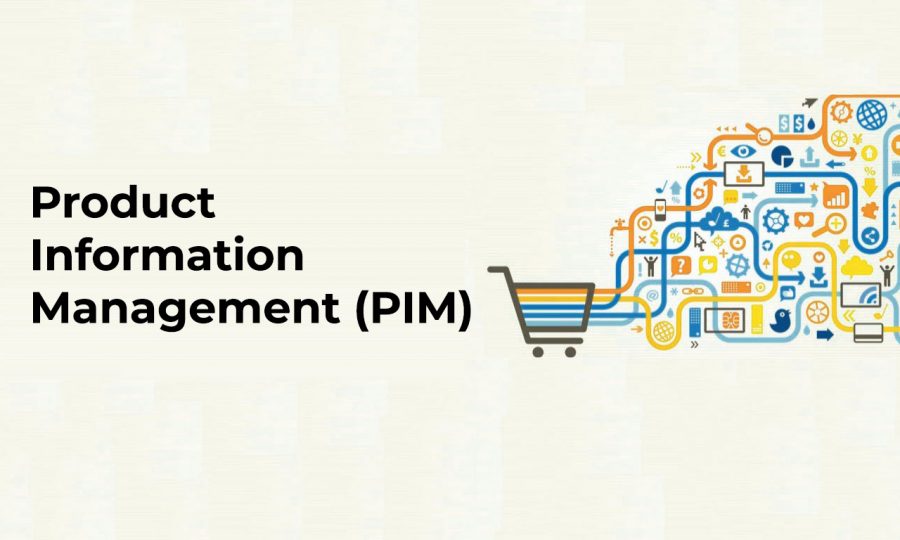What is eCommerce Automation? eCommerce automation is a blend of software, processes, and mindsets that…
Today’s blog is written in the light to discuss why your executive team should be considering the strategic role of PIM as a category helping in the overall expansion of your eCommerce business.
What is PIM?
Product Information Management (PIM) is a multi-channel tool that provides the support your company needs to develop your products cost-effectively, enter more markets, and take hold of new sales channels. It manages all the data, content, and other material required to promote and sell products.
As a gateway technology, PIM enhances the productivity of the marketer up to 50% expanding new markets through dynamic localization. It offers omnichannel retailing without compromising the competence of your staff. Along with that, it boosts sales conversion rates up to 4 times. Isn’t it great!
But that’s not all.
PIM integrates and blends all the technical and emotional information concerning the listings and catalogs of your products. It enhances the workflows and scalability, serving as the core of the product information for both brands and retailers.
Let’s not consume the space talking about why is it necessary for you to grow into new markets and sales channels and talk about the Scale Operations of PIM.
As we all know that global expansion is a complicated job, therefore scaling your operations globally past various channels increases the odds of complexities. Here is where PIM can come to your rescue by reducing the probability of making mistakes.
How can PIM help you?
PIM is an instant catalyst for boosting productivity, automation, creation of structured data, and streamlined workflows. In other words, PIM should be the root of your expansion strategy because:
- It takes omnichannel from being merely a jargon to reality, enabling your team to move quickly within the channels, ensuring that your engaging product information and carefully compiled product specifications stay intact.
- Increases productivity by easily mechanizing the process of enriching the product information along with optimizing the manual processes.
- Increases sales conversion rates by improving, the efficiency which enables one to use the extra time in enhancing product descriptions leading to higher rates of conversion.
- Helps in the reduction of sale returns by 20%, providing the customers with complete technical and usage information from the very start of the shopping experience.
- Decreases Time-to-Market and helps in introducing new products to the customers twice faster than before.
- It has made print catalogs profitable again.
The trends toward increased automation and customization have grown, with an exponential increase in retail technology. PIM can help your organization to sustain and even get ahead of these trends with the power of centralized and systematic data. The way CRM automates and customizes sales and support methods, PIM provides your organization powerful devices and algorithms which help the customers find what they’re browsing for.
All the user interfaces like automated chat-bots, voice-powered shopping, augmented reality, or 3D virtual buying experiences, needs serious product data plumbing to serve. PIM provides that plumbing, giving these interfaces a structured way down your product catalog, assisting your customers to get the right product for them.
Each PIM system is different, having different apps and connectors. So double-check to decide which ones have built-in integrations and which ones demand a custom integration before choosing the right one for your business.














Leave a Reply